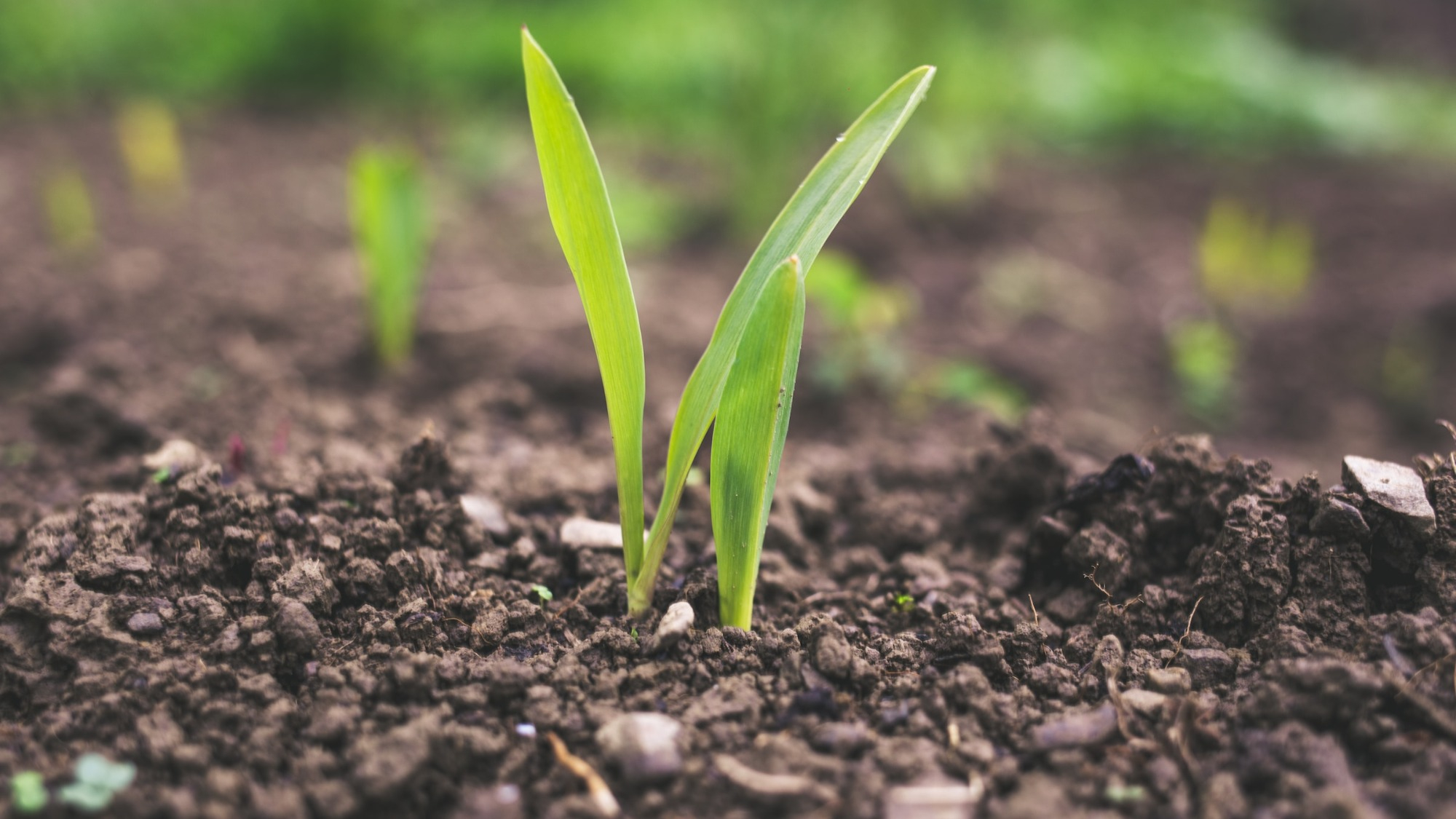

Soil is one of the most crucial, if not underrated, elements of daily life—it’s essential for growing the food and resources we rely on, combats drought, protects against flooding, and can sequester carbon dioxide for years to come. But, the dirt beneath our feet is constantly under threat due to rising temperatures and biodiversity loss thanks to climate change. And despite how simple we may think soil is, it’s pretty hard to know what’s really going on deep in the ground from the surface.
Scientists in Italy, however, think they may have a robotic solution—a seed-inspired robot. Scientists at the Bioinspired Soft Robotics (BSR) Lab, a part of the Istituto Italiano di Tecnologia (IIT-Italian Institute of Technology) in Genoa, have developed the first 4D printed seed-inspired soft robot, which they claim can help act as sensors for monitoring pollutants, CO2 levels, temperature and humidity in soil. They published their findings earlier this year in Advanced Science. The research is part of the EU-funded I-Seed project aimed at making robots that can detect environmental changes in air and soil.

What they’ve got here is an artificial seed inspired by the structure of a South African geranium, or the Pelargonium appendiculatum. The seeds of the tuberous, hairy-leafed plant have the ability to change shape in response to how humid their environment is. When the time comes for the seeds to leave the plant, they detach and can move independently to “penetrate” soil fractures, according to the study. This almost looks like crawling and burning action, which is due its helical shape changing according to changes in the environment. In a way. The curly seeds can find a home for themselves simply by expanding and shrinking due to changes in water content of the air.
[Related: This heat-seeking robot looks and moves like a vine.]
The team at IIT-BSR mimicked these seeds by combining 3D printing and electrospinning, using materials that also absorb and expand when exposed to humidity. Using fused deposition modeling, the authors printed a substrate layer of polycaprolactone, a biodegradable thermoplastic polyester activated using oxygen plasma to increase water-attracting abilities. Next, they added electrospun hygroscopic fibers made of a polyethylene oxide shell and a cellulose nanocrystal core.
When tested in a soil sample, the robot was able to shimmy about, adapt its shape to cracks, and burrow into holes in the ground much like the natural seed. Not to mention, it was capable of lifting about 100 times its own weight. First author Luca Cecchini, a PhD student at IIT, said in a statement that the biodegradable and energy-autonomous robots could be used as “wireless, battery-free tools for surface soil exploration and monitoring.”

“With this latest research,” Barbara Mazzolai, associate director for robotics of the IIT and coordinator of the I-Seed Project, said in the statement, “we have further proved that it is possible to create innovative solutions that not only have the objective of monitoring the well-being of our planet, but that do so without altering it.”
